We strive to provide high quality support and services. Below are just a few examples of projects PEARL has been asked to help with and our contributions to those projects.
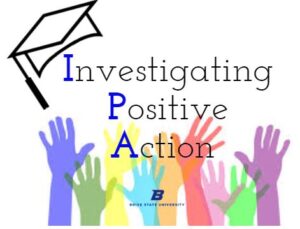
This study is an investigation of how and for whom the Positive Action social‐emotional and character development program has its effects on student behavior and academic achievement, funded by the Institute for Education Science. Positive Action is a school-wide social-emotional curriculum that has been shown to strengthen social and character development, reduce problem behaviors, and enhance academic performance for students. This proposed 3-year project aims to investigate: 1) How the Positive Action program achieves its effects, 2) For whom and under what conditions Positive Action is most effective, and 3) How variations in program implementation and student exposure relate to student outcomes.
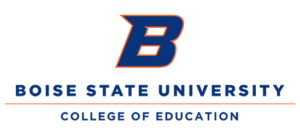
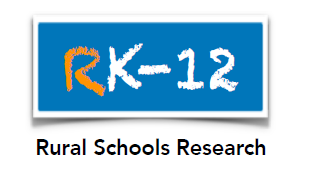
This study examines the effectiveness of the Idaho Rural Implementation Model (I-RIM), which is an approach that promises to improve the success of scaling of SWPBIS by focusing on the unique needs of rural schools. This is highly significant because 57% of US school districts and 32% of all US public schools are located in rural areas, but little is currently known about how to change the practices and environments at such schools. For the $5.7M grant, Pearl designed and is implementing the methods for the quasi-experimental study on how to improve the effectiveness if I-RIM. The design includes school matched-pair approach to collecting data and is using growth curve and other advanced analysis techniques to identify findings for the project.

Deaf users of American Sign Language (ASL) struggle with disparities and experience barriers to healthcare services, yet it is unknown how often they are prevented from making appointments with providers, denied appropriate communication necessary to understand the healthcare encounter, the characteristics of Deaf users of ASL (DuASL) who most frequently experience barriers to care, or the personnel who are most likely to contribute to these barriers. Understanding the incidence and severity of these barriers is essential to decreasing health inequities of DuASL, who are medically under served, often excluded from health surveillance, and are a language minority.
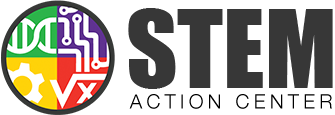
Stem Action Center of Idaho’s missing is “Connecting STEM education and industry to ensure Idaho’s long-term economic prosperity” with the vision to “Produce a STEM competitive workforce by implementing Idaho’s Kindergarten through Career STEM education programs aligned with industry needs.” Pearl is working with STEM Action Center to build a review process for proposals and projects funded by the Center, create a data management system to facilitate ongoing growth and reporting needs, and analyze collected data to fully understand the impact the Center has on Idaho.
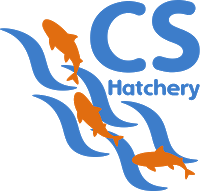


Boise State’s RED project seeks to transform undergraduate computer science education by offering a multi-year curriculum the research team calls a Computer Science Professionals (CSP) Hatchery. The CSP Hatchery replicates the best elements of a software company environment, layering in moral, ethical, and social threads with entrepreneurship and professional skills with the goal to produce graduates who are not only technically adept and effective team members, but also empowered as agents of positive cultural change in their workplaces. Pearl designed the evaluation methods for the initial proposal as the Outside Evaluator of the 5-year CSP Hatchery project, reporting to the National Science Foundation on the activities and achievements of project. The evaluation includes monitoring project activity, collecting data from multiple stakeholders (e.g., students, faculty, industry partners) using online surveys and interviews, sharing findings to help project development over the 5-years, and writing reports.


The goal of this institutional and community transformation exploration project is to transform Civil Engineering (CE) undergraduate education by integrating sustainability and resiliency across the curriculum at Boise State University. Resilient infrastructure lasts, and is sustainable when balancing real-world economic, ecological, and societal needs to enhance community, health, and environment. Pearl designed the evaluation methods for the initial proposal as the Outside Evaluator, reporting to the National Science Foundation on the activities and achievements of project. The evaluation includes monitoring project activity, collecting data from students and faculty using online surveys, sharing findings to help project development over the 3-years, and writing reports.